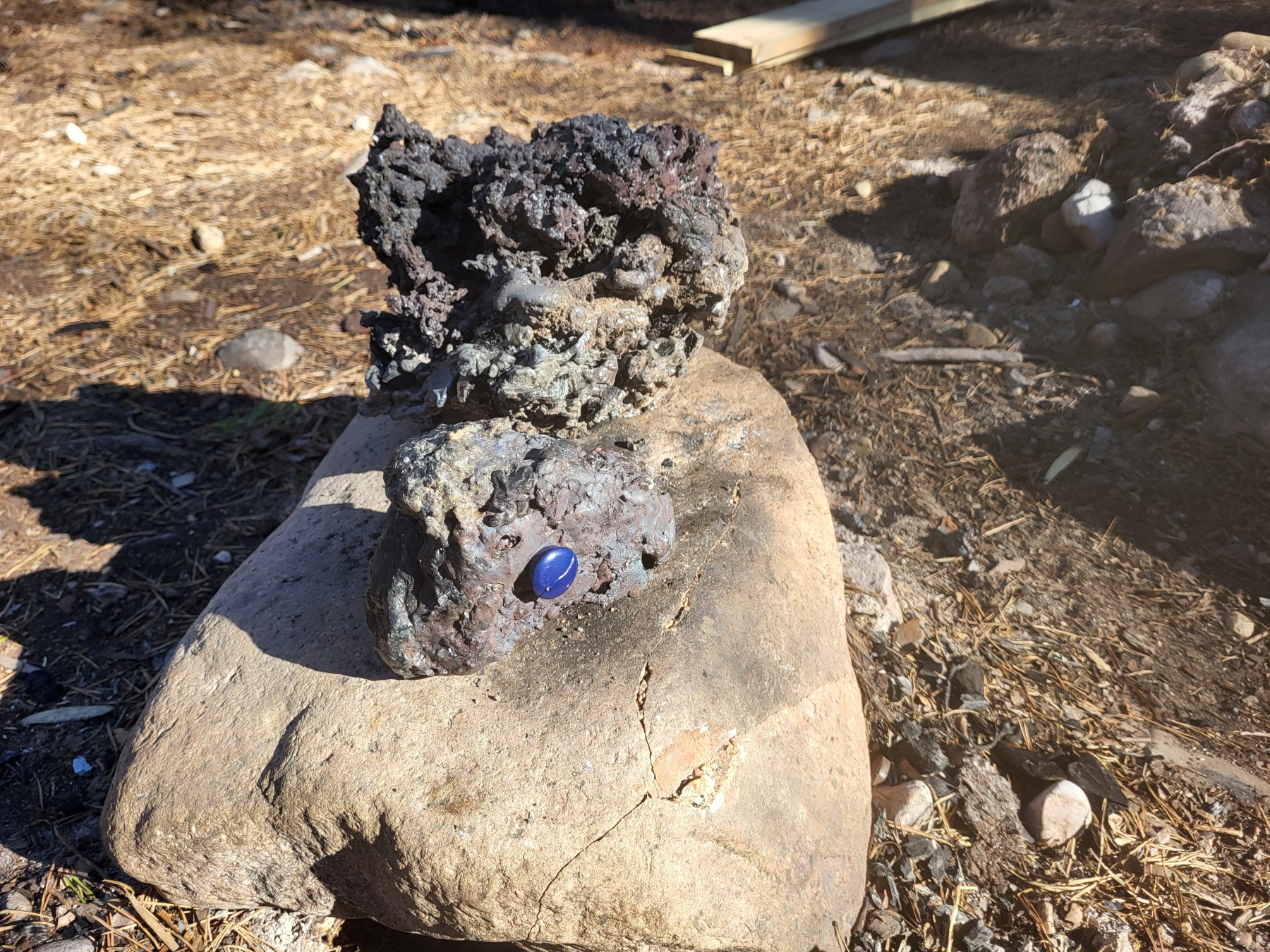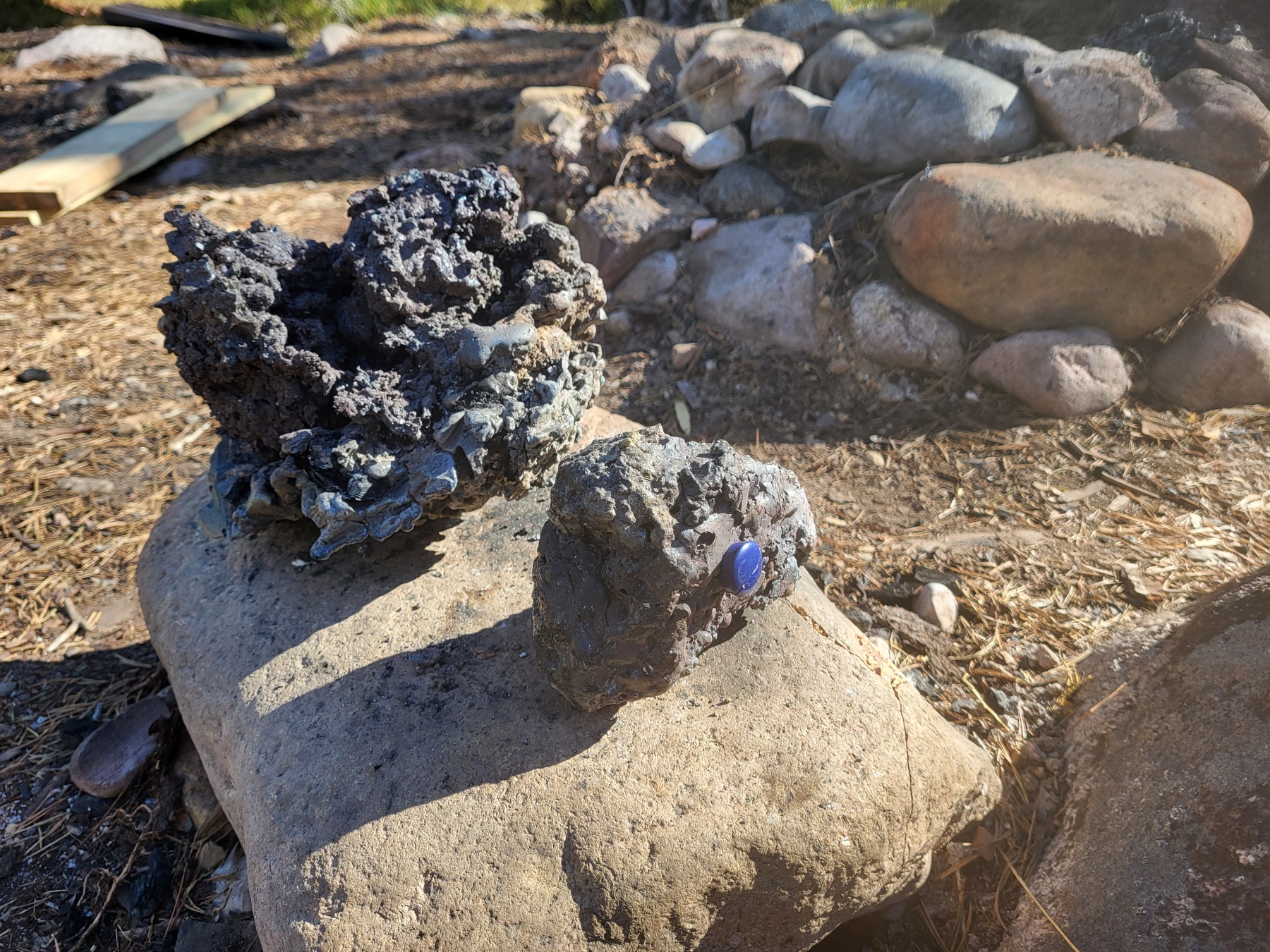Making iron
Published on Jun 01, 2025 by Impaktor.
Behold in the distance
My flaming sword
For it was forged
In the eyes of the storm
Feel the magic of burning Metal
Ironsword - s/t
Table of Contents
1. Introduction
A quick summary of my (half) week making iron, from scratch, with some other folks.
2. Process
2.1. Iron ore
We found iron ore, literally by the side of the road, by studying old maps, where we could see there had previously been iron smelters (+200 years ago) in this region. Also, a small stream running through the area has a name indicating iron working.

Figure 1: Buckets of iron ore (are heavy)
2.2. Roasting
We roast the iron ore, to transform it from iron sulfur-oxide to just iron oxide
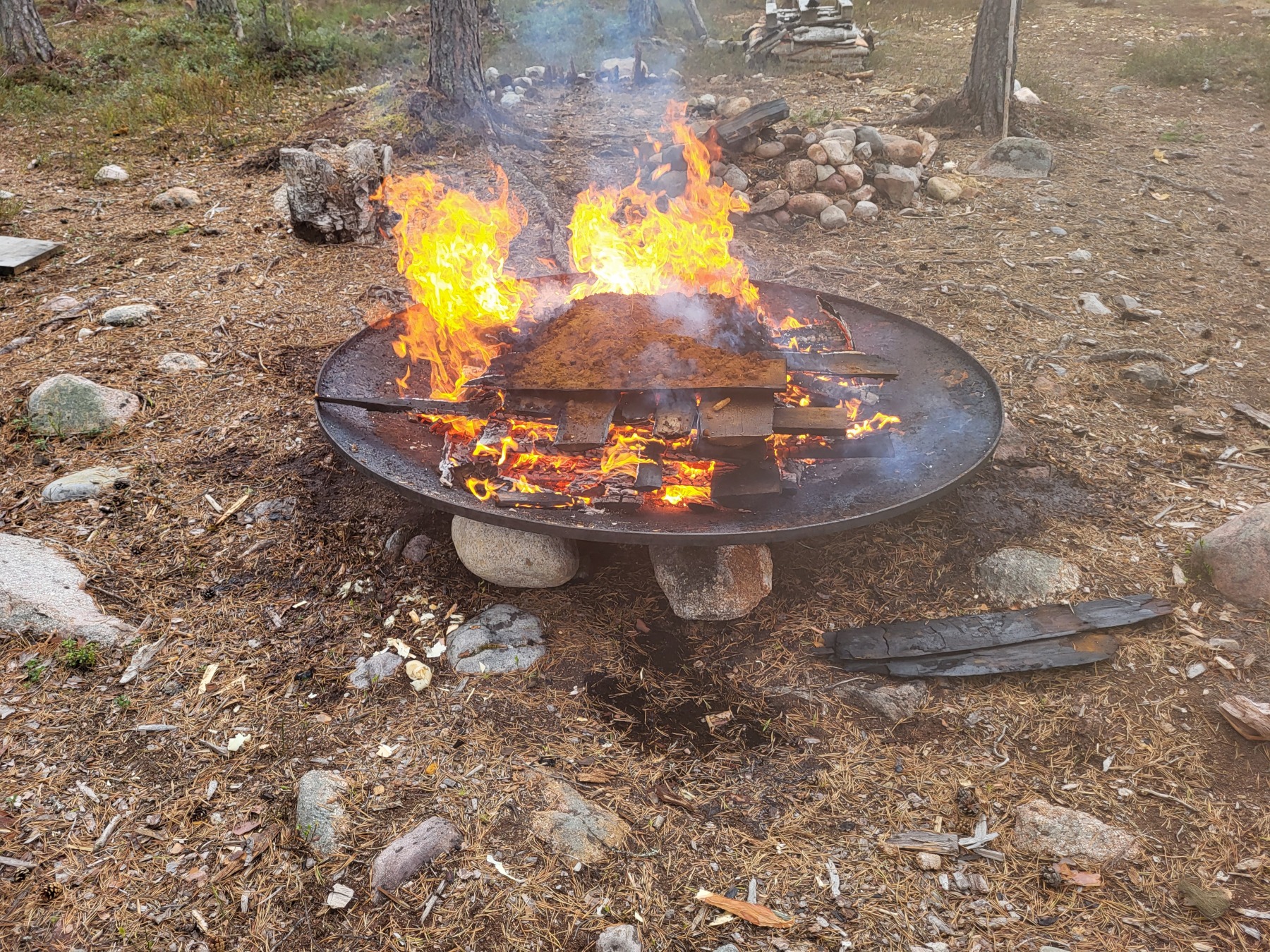
Figure 2: Roasting iron ore to get iron oxide
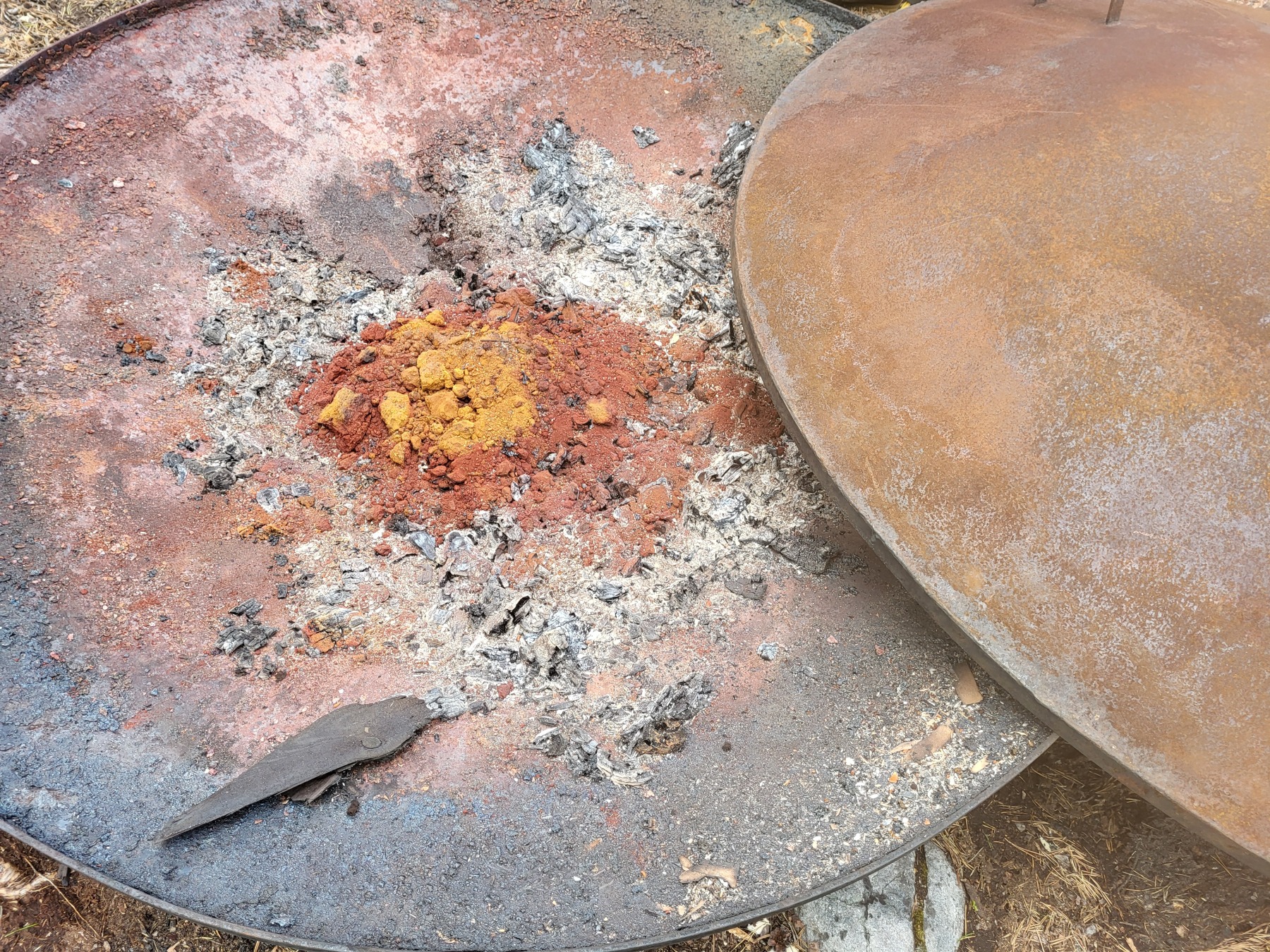
Figure 3: Color has shifted from orange to “iron oxide”-red
2.3. Smelting
Next step is smelting the iron oxide in a blast oven. We want oxygen poor environment such that carbon monoxide (CO) forms which will then take oxygen from the iron oxide to form carbon dioxide (CO2). Paradoxically, we pump air into the furnace to achieve this, as high temperature is needed.
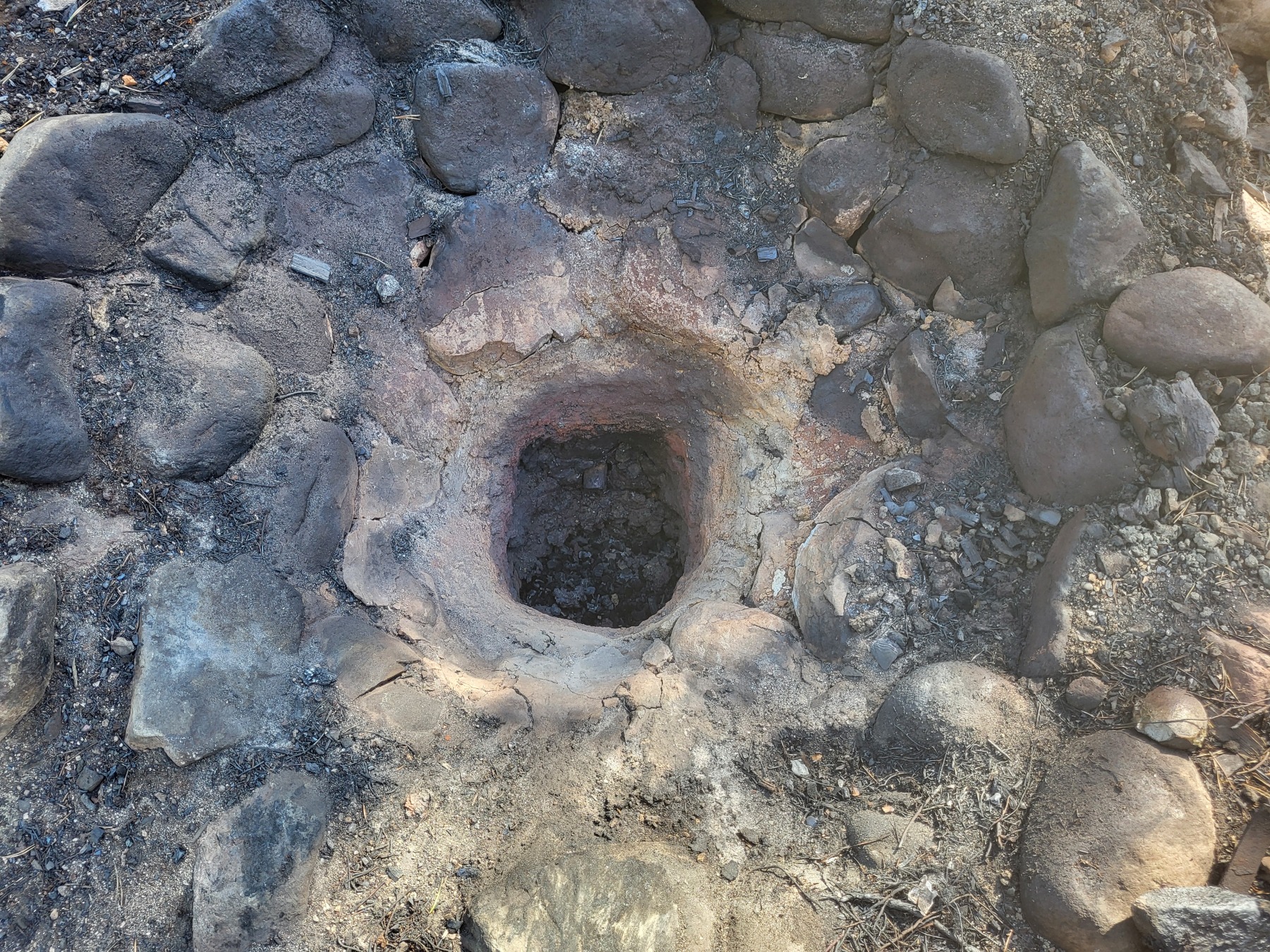
Figure 4: The oven (from above),
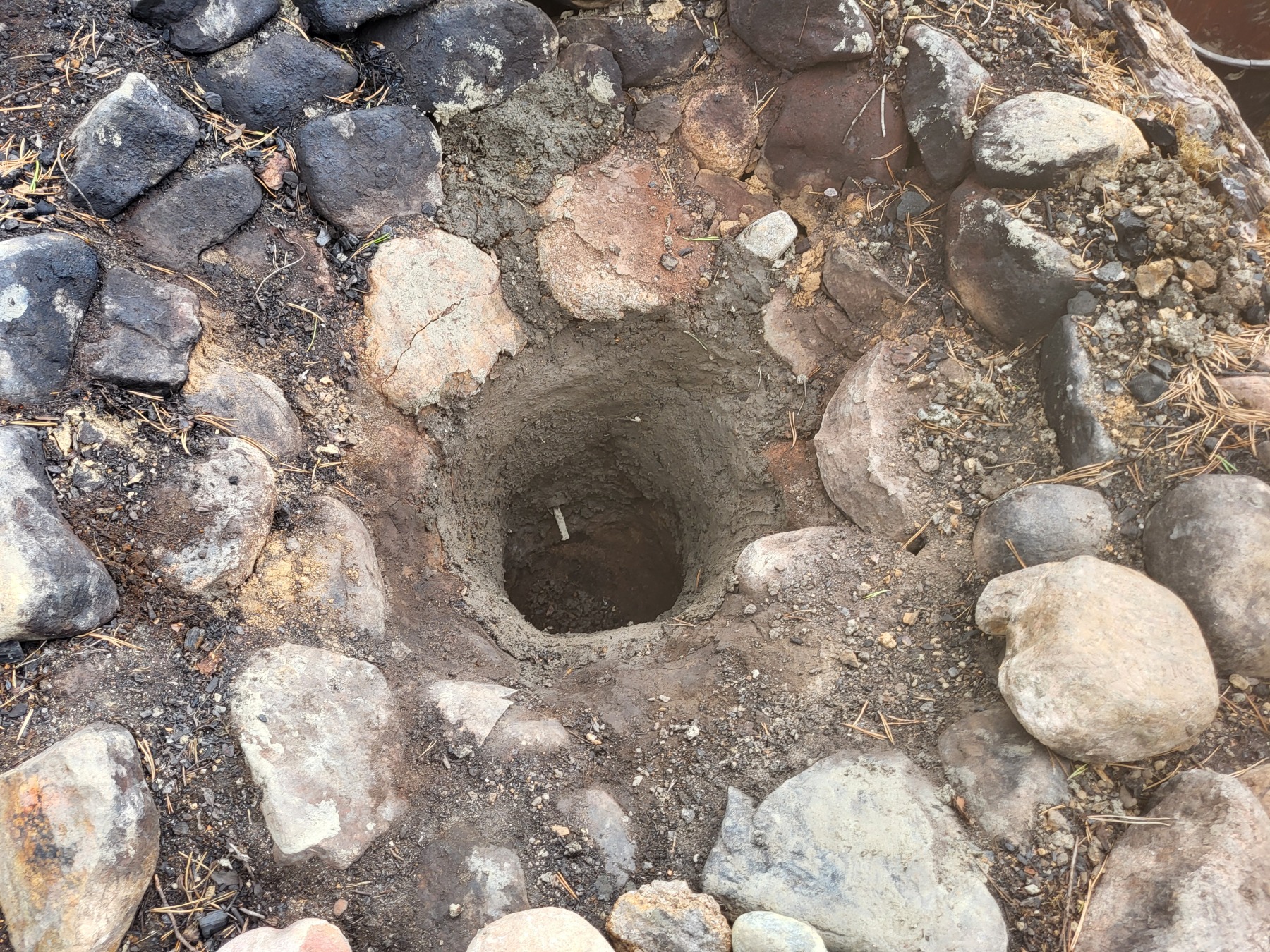
Figure 5: Furnace walls lined with new clay (that we also made ourselves)
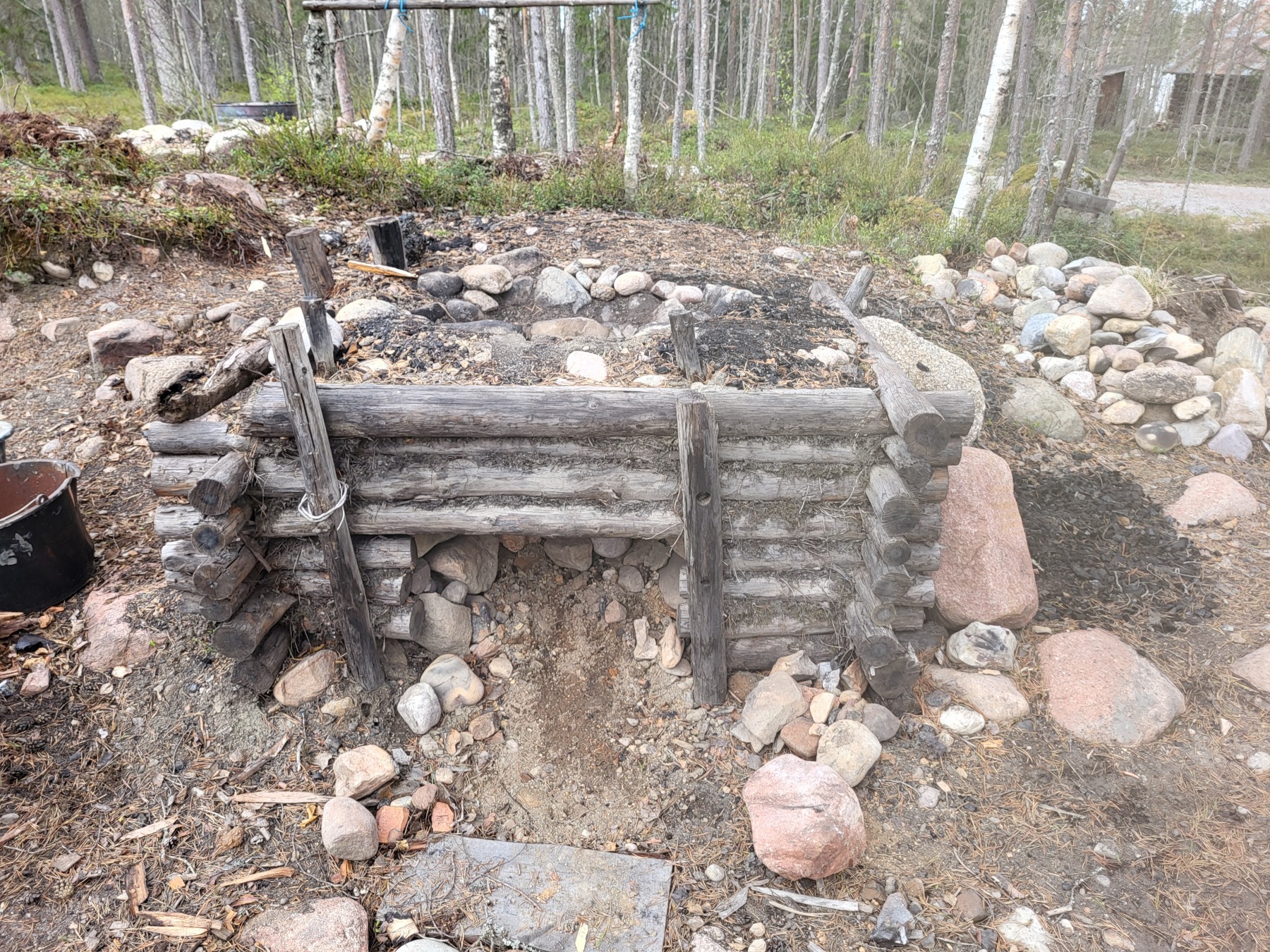
Figure 6: Furnace from front
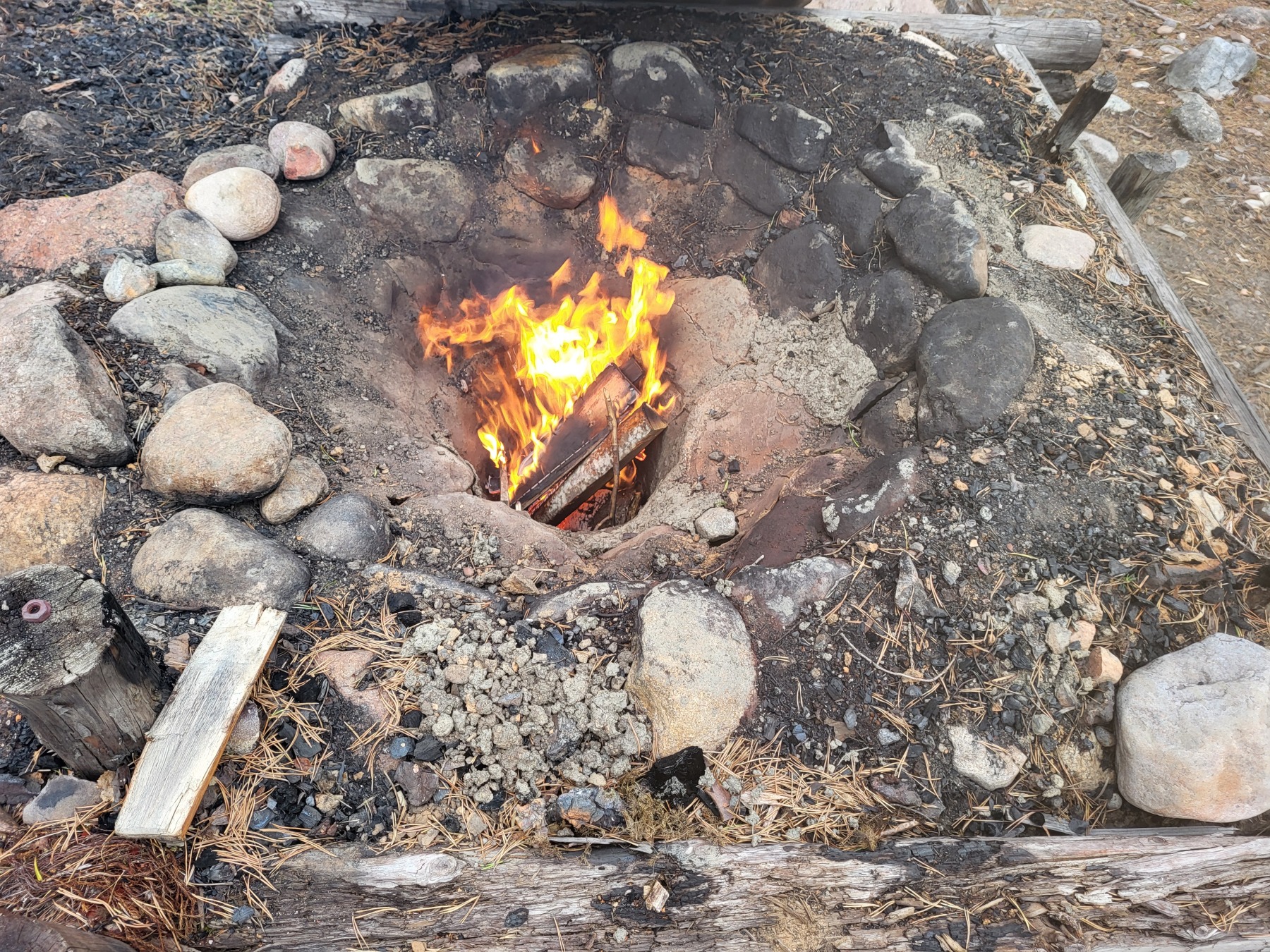
Figure 7: We start by burning pine wood (not birch as that contains phosphor, which weakens the metal)
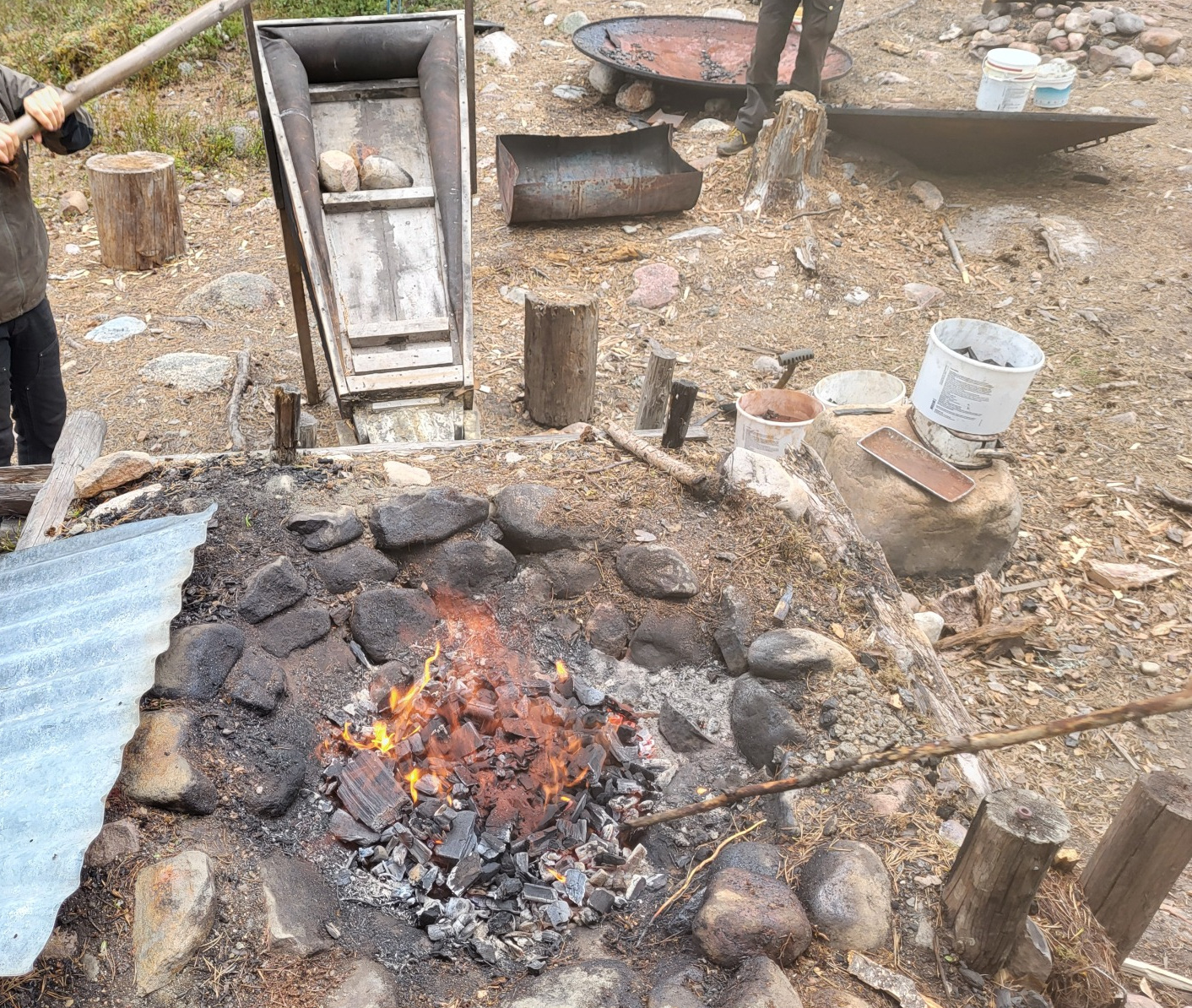
Figure 8: The “blast focus” i.e. where the heat is centered in the oven, is adjused by placing rocks on the bellow, pushing the air at higher pressure
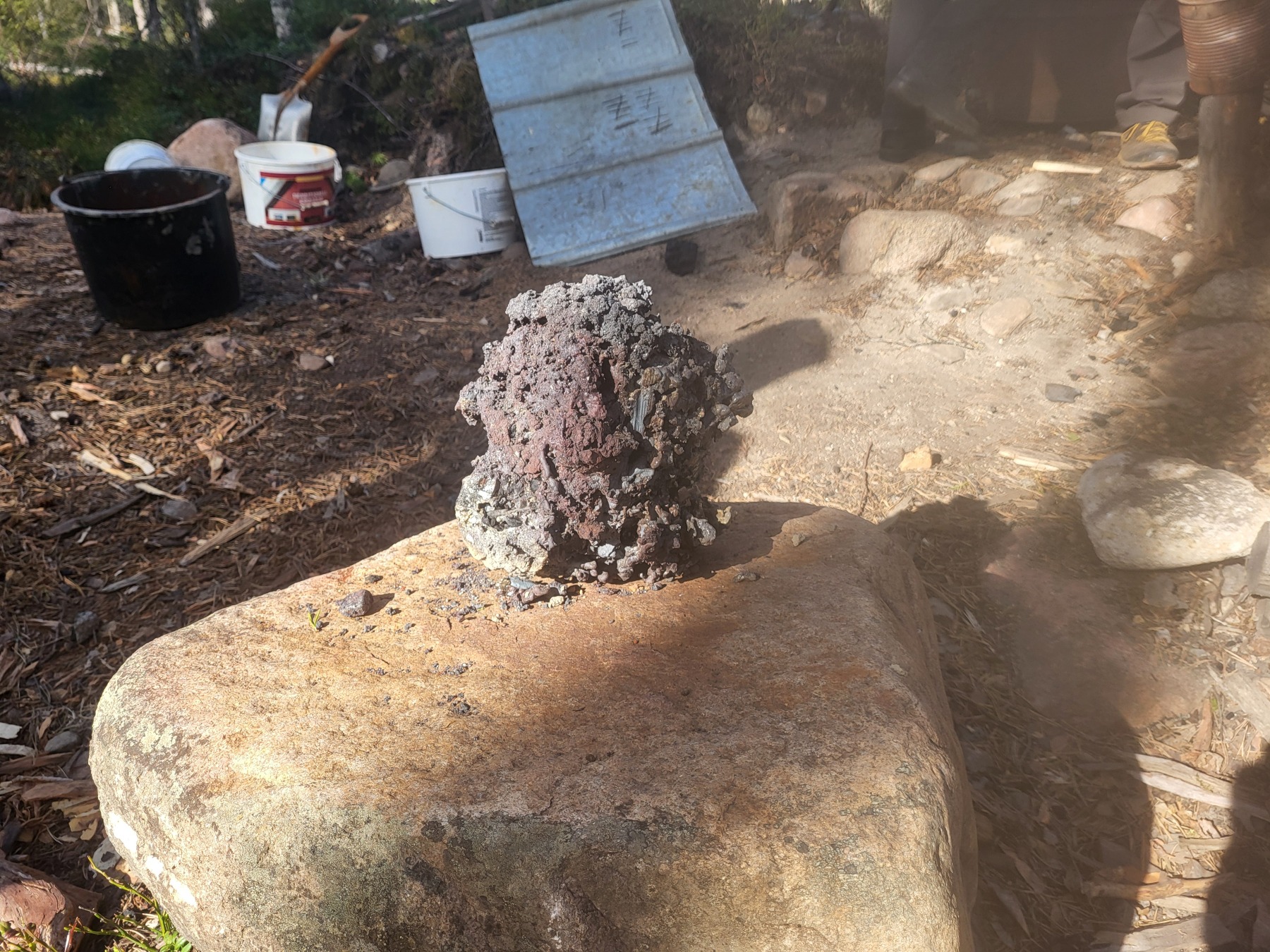
Figure 9: Finished product after a day of working the (dual chamber) bellows
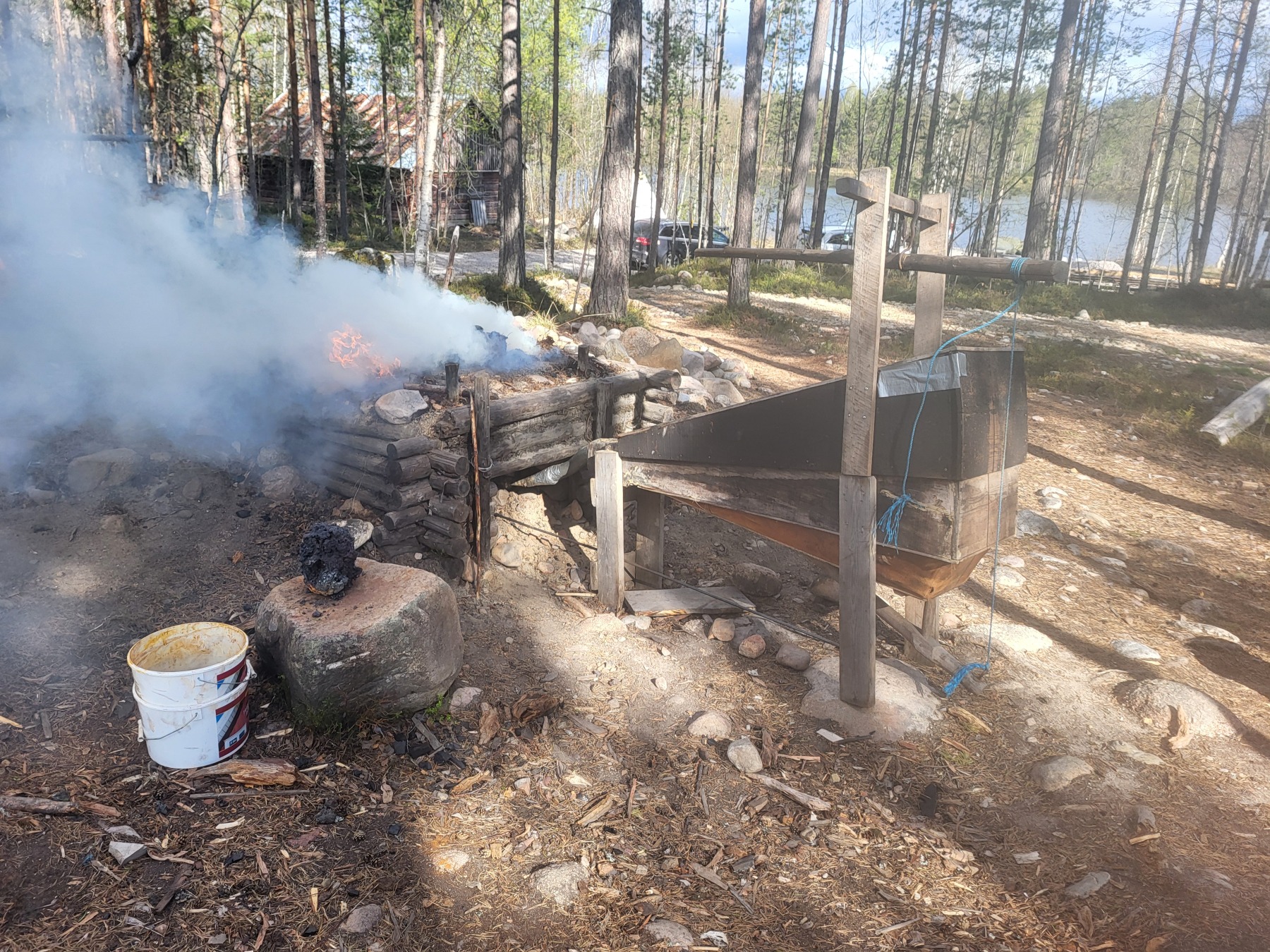
Figure 10: Starting her up for day two, initially smoky

Figure 11: Blast focus (center of heat) in the furnace is regulated placing rocks on the bellow
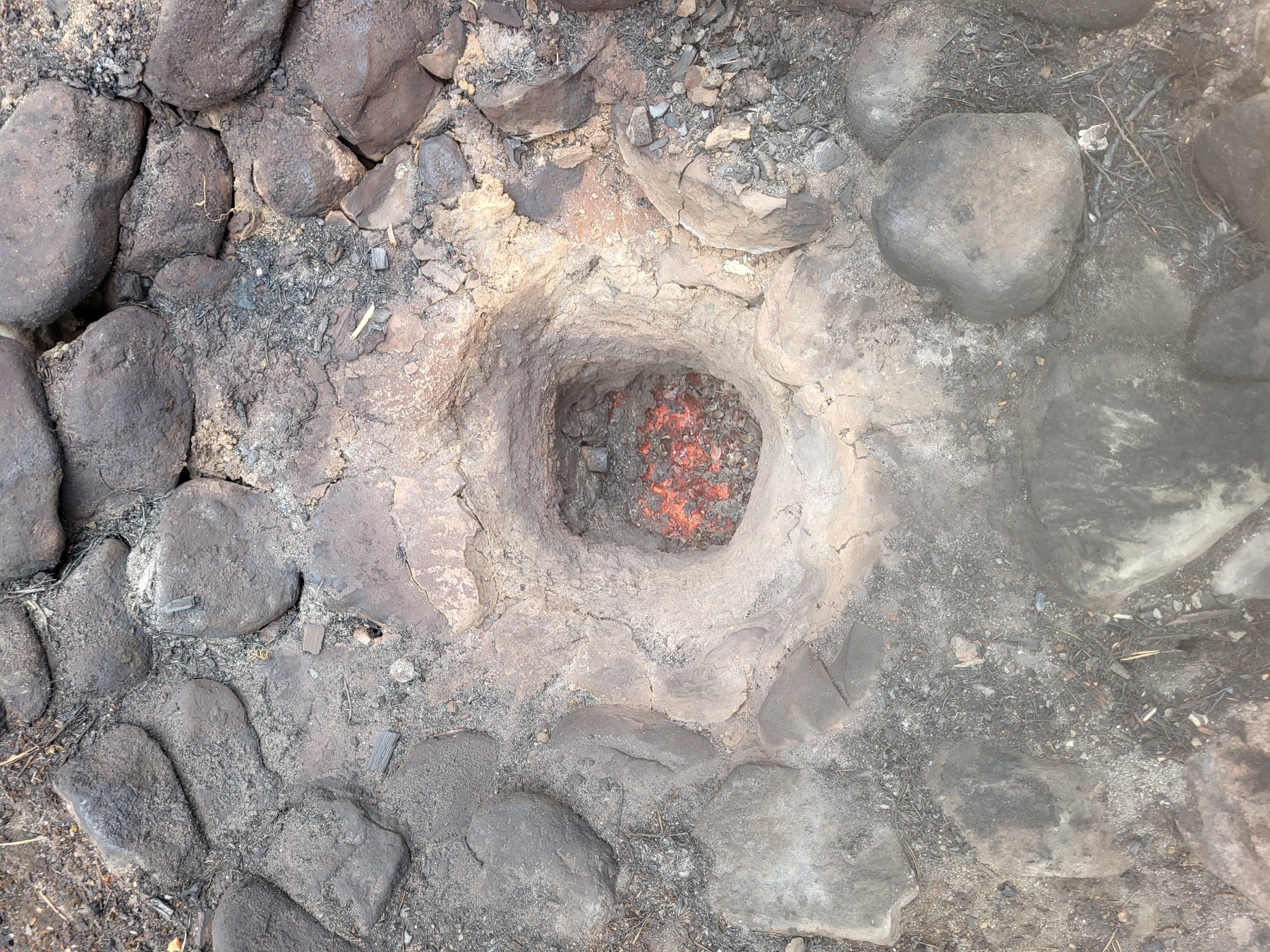
Figure 12: Remaining hearth glowing
2.4. “Fällning”
Next we want to work out the impurities (swe: slagg) from the blob (swe: “lupp”). We do this over an open fire with 2x2 bellows feeding air to it.

Figure 13: Bellow (from below) with air intake
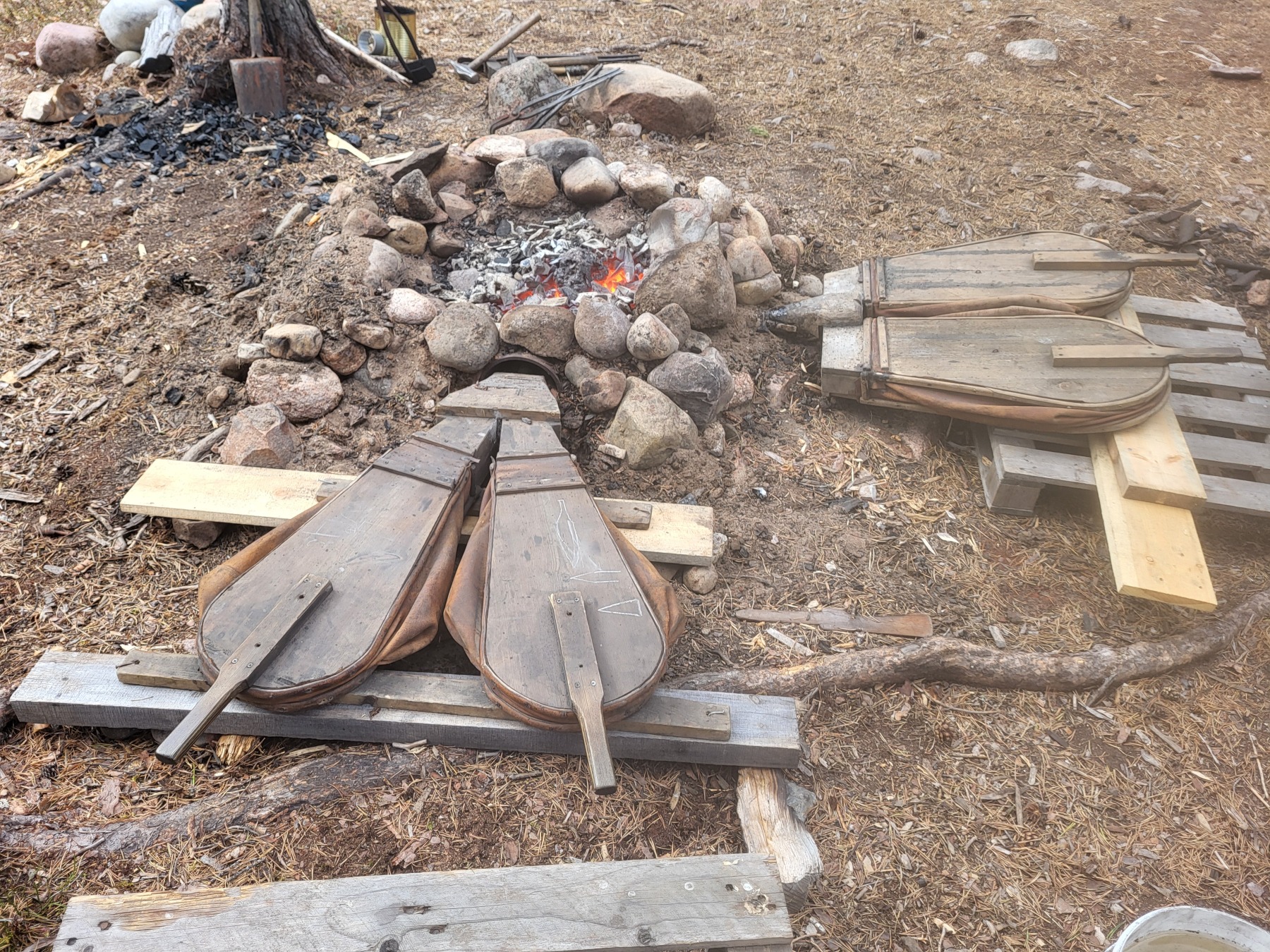

Figure 15: The iron blob is regularly lifted out from the fire to gently hammer it into new shape
Periodically, the lump of iron is hammered very carefully, as it is brittle, to get new impurities out. It is not uncommon to see a large rock (swe: “fällsten”) used for this purpose next to old blast furnaces in the woods.
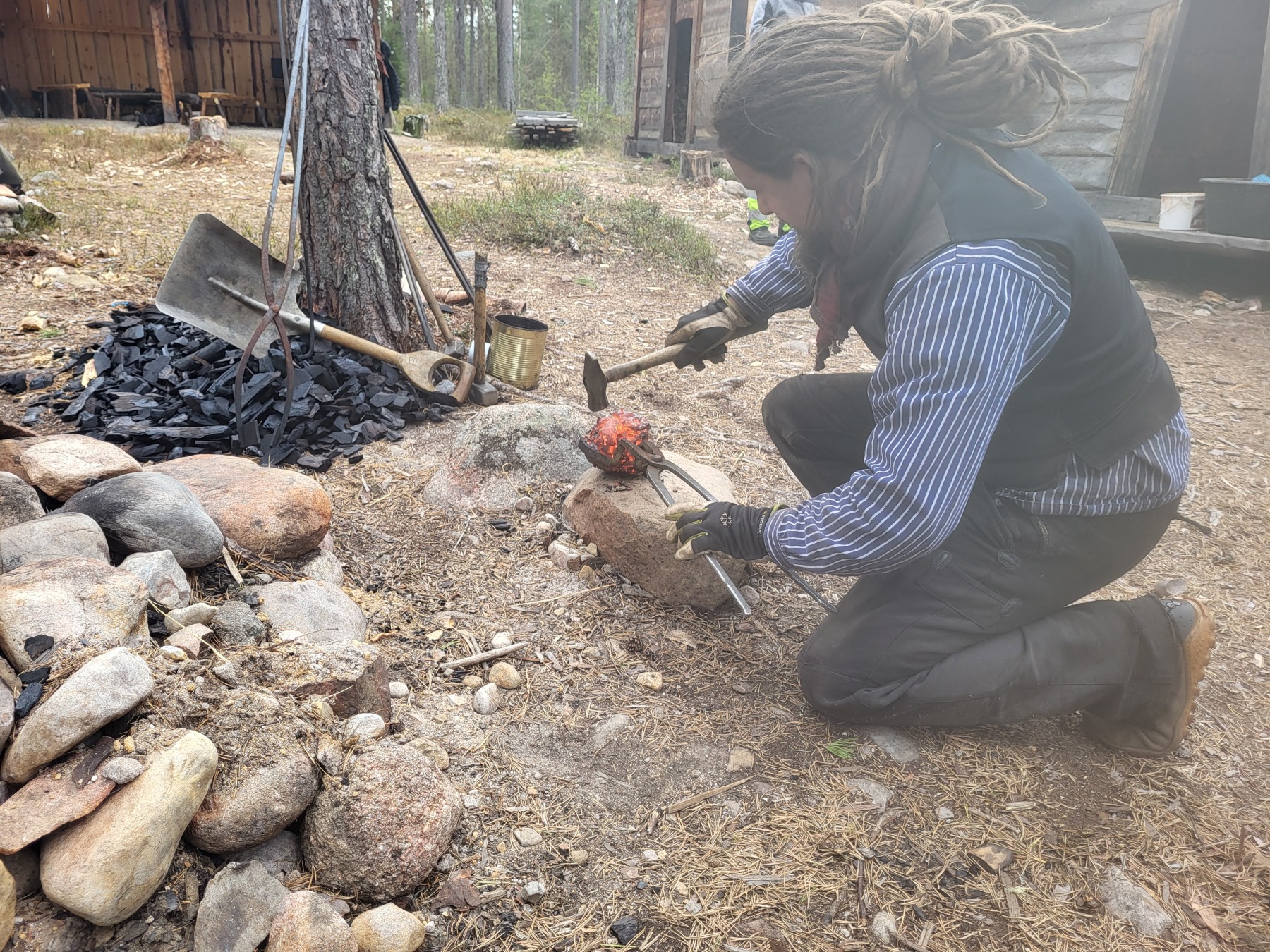
2.5. End result
After two days, (two attempts), we have two magnetic lumps of something that is at least partially iron.
